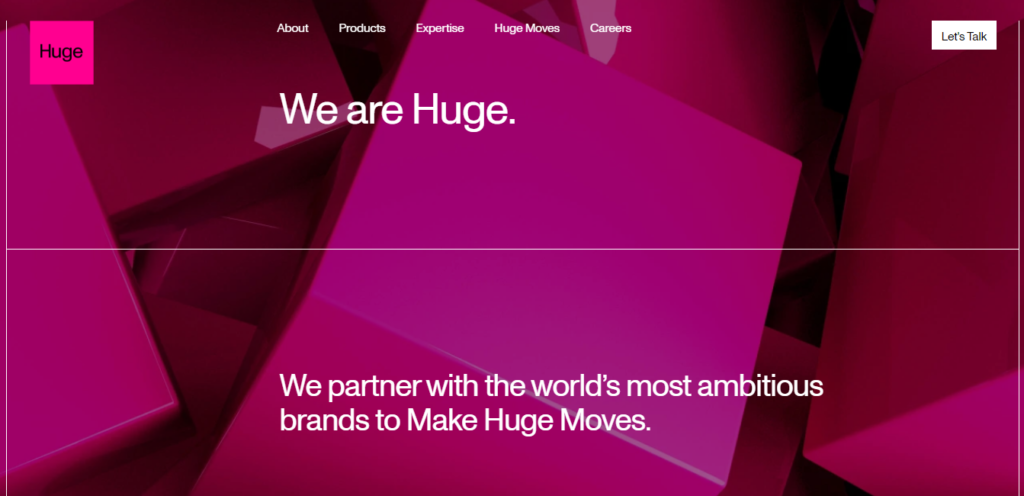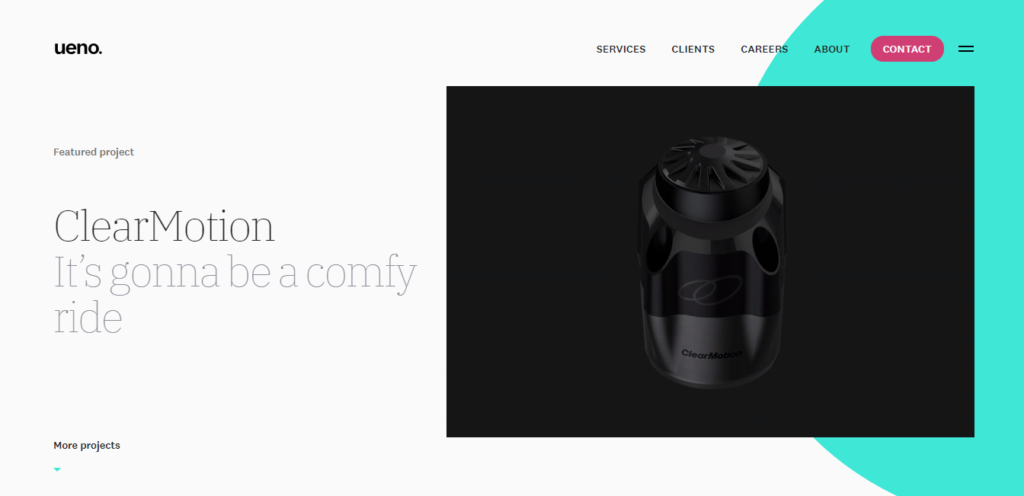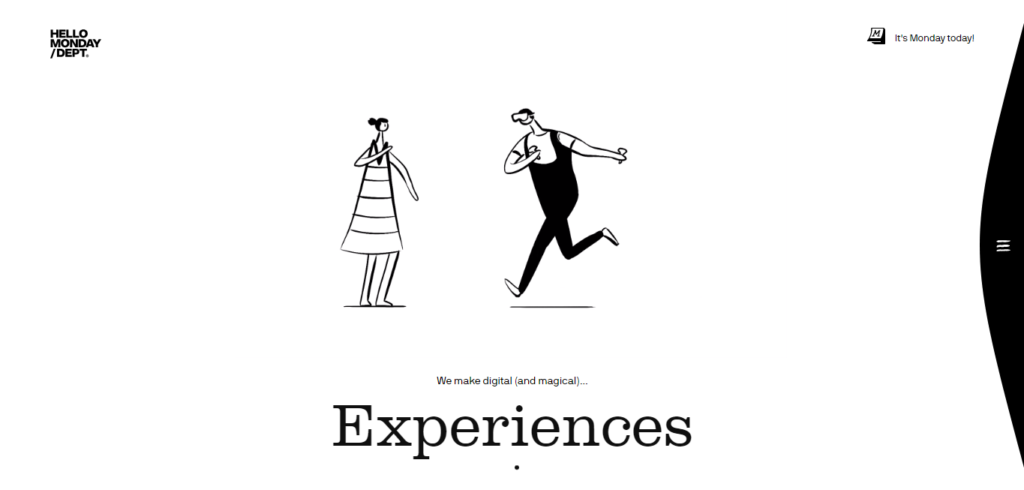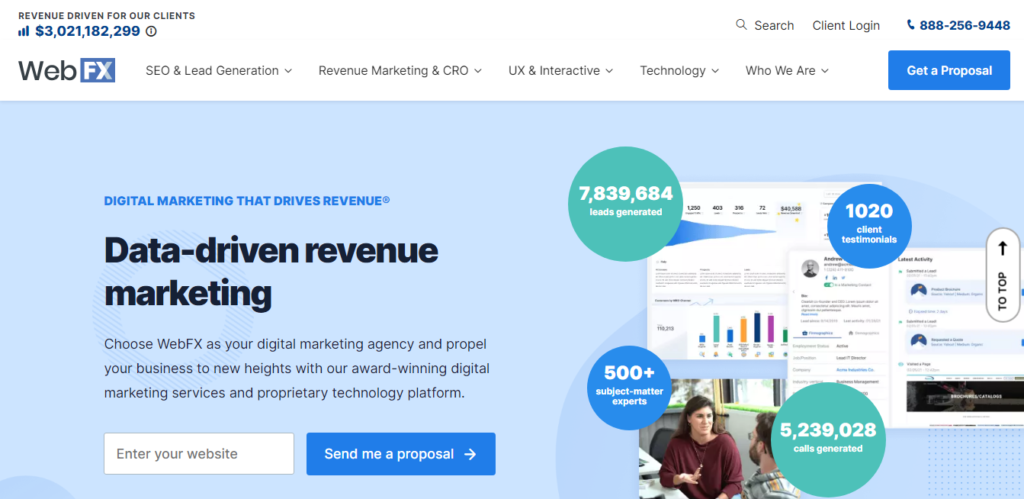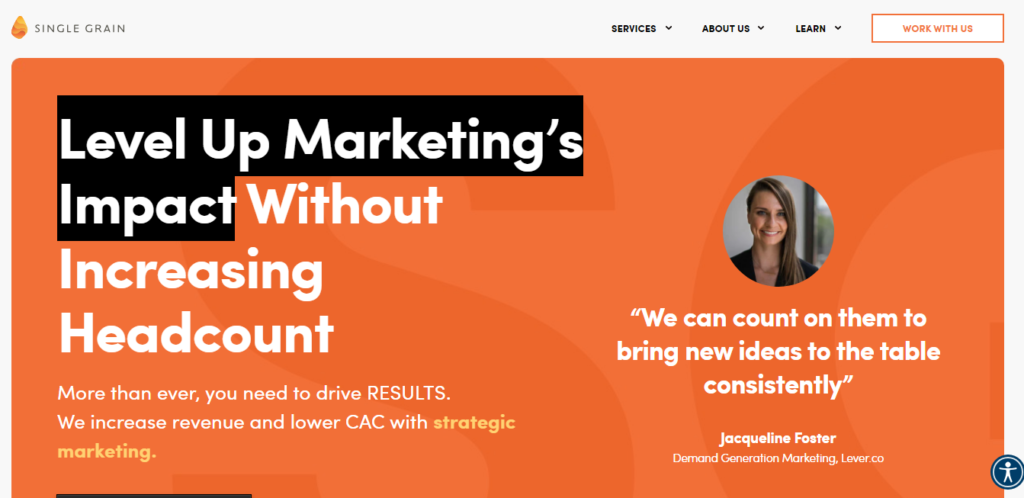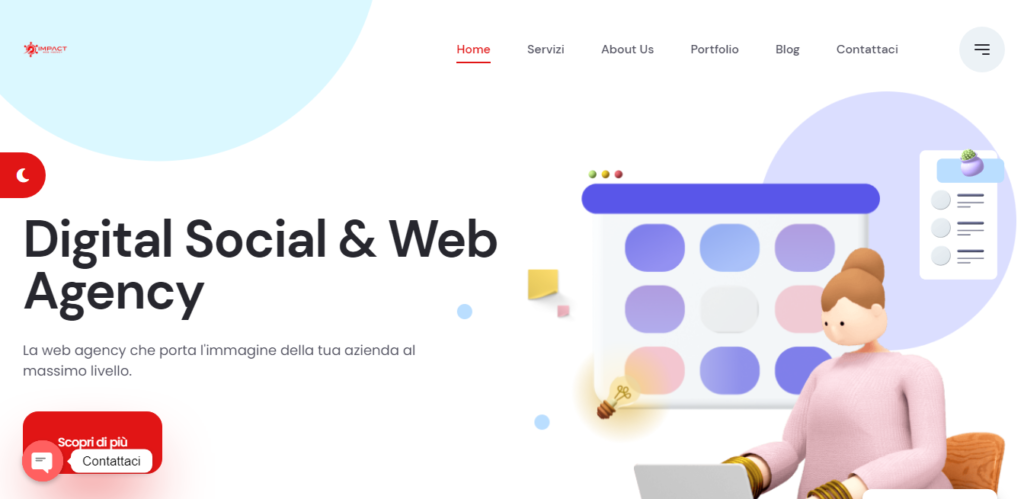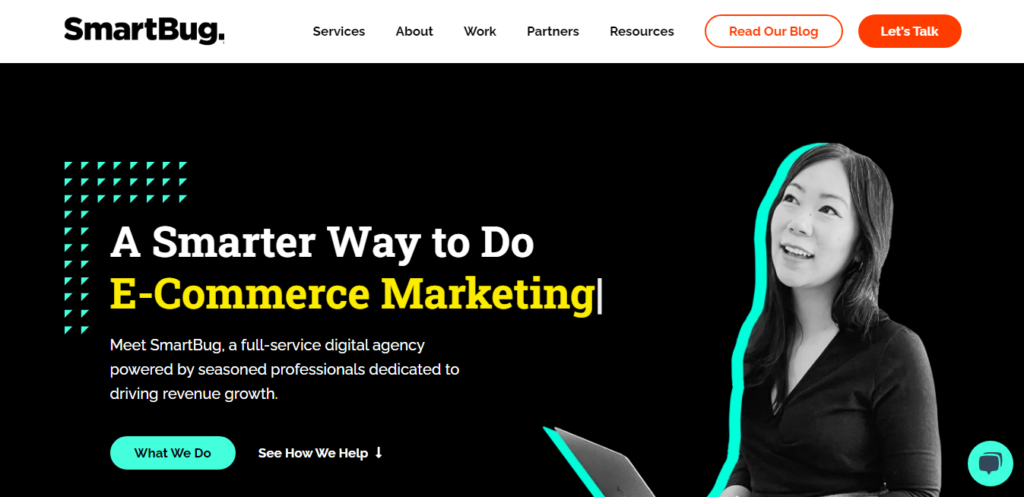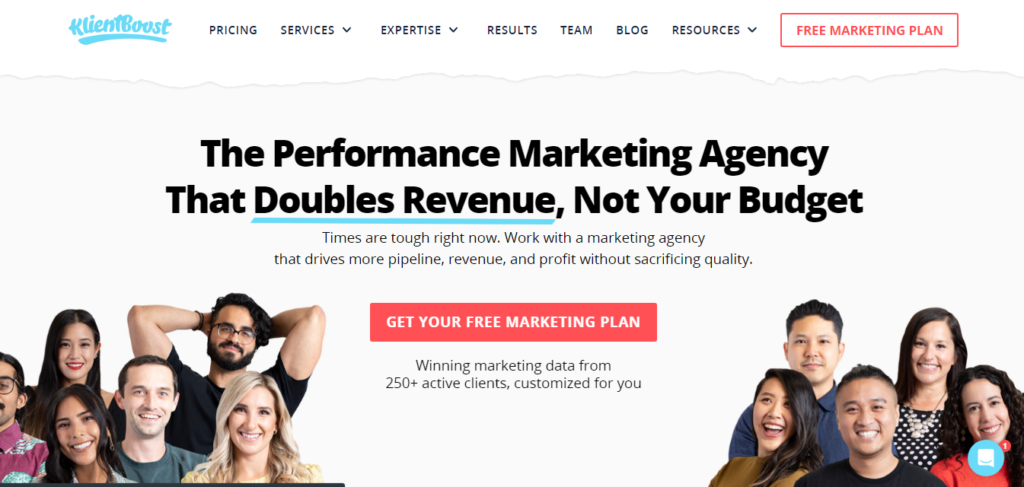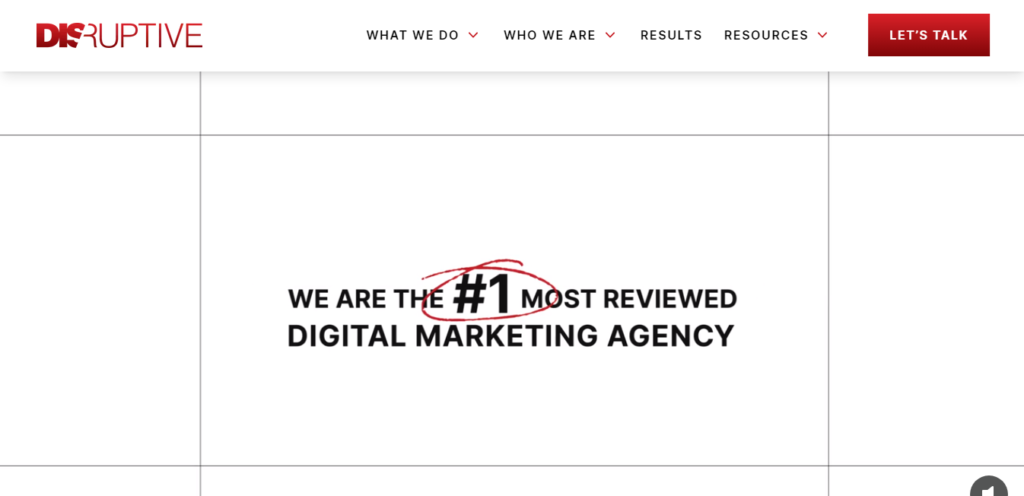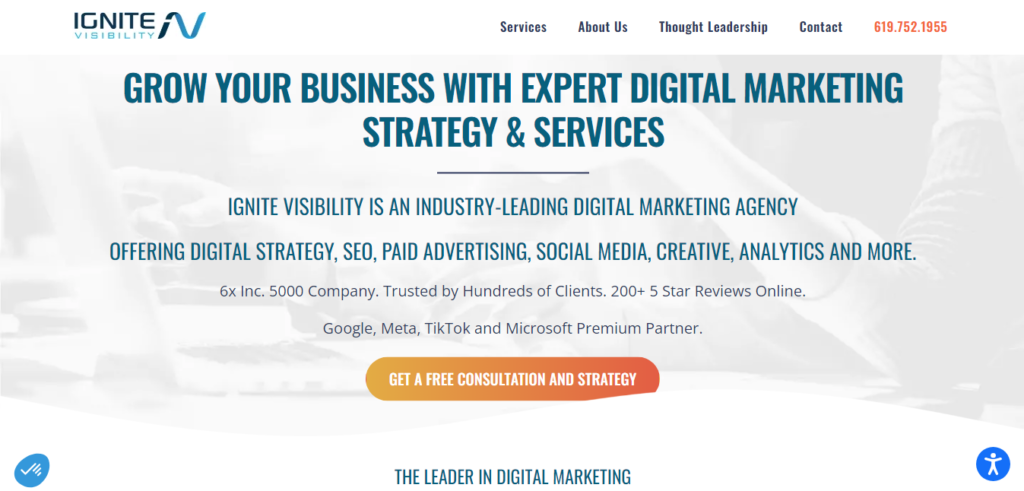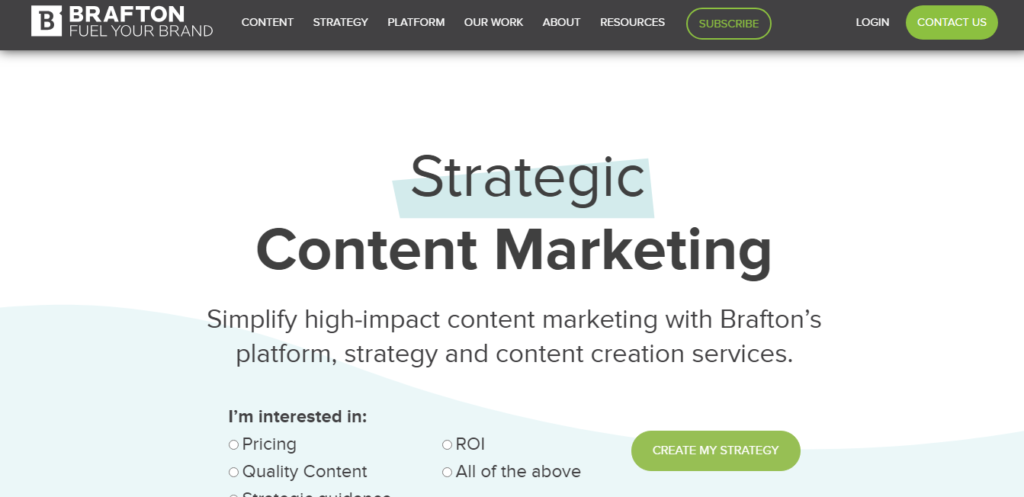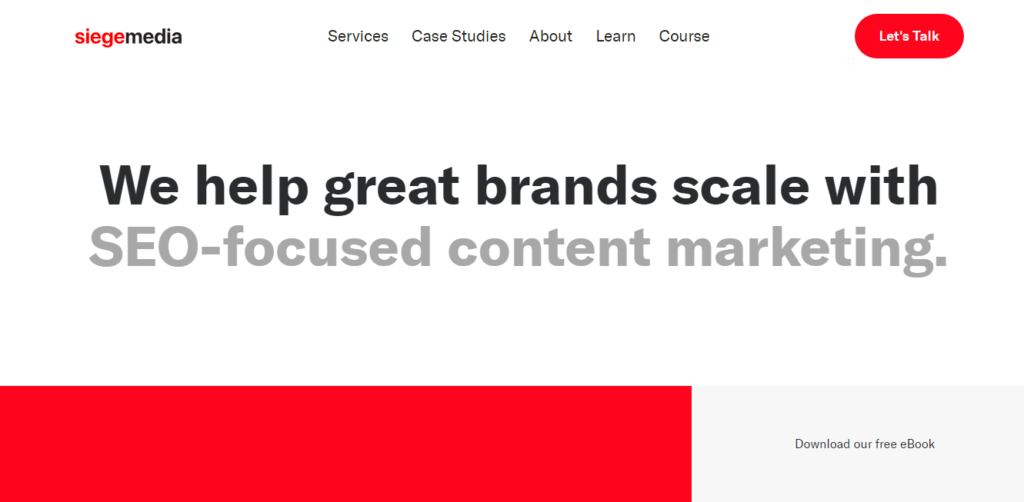Web.com is a company that offers web design, hosting, domain registration, and online marketing services. However, it is not the best option for everyone who needs a website. There are many web.com company alternatives that can provide you with better quality, lower prices, and more features.
In this article, we will show you some of the best web.com company alternatives and how to choose the right one for your needs.
Why Look for Web.com Company Alternatives?

Web.com is one of the oldest and largest web design and hosting companies in the industry. It claims to have over 3 million customers and over 20 years of experience. However, it also has many drawbacks and limitations that might make you look for web.com company alternatives. Some of these are:
High Prices
Web.com charges you a lot for its web design and hosting services. For example, its basic web design package costs $114.95 per month, which includes only 5 pages, 2 GB of storage, and 5 email accounts. Its basic hosting plan costs $14.95 per month, which includes only 300 GB of storage, 25 FTP accounts, and 10 email accounts.
Poor Quality
Web.com does not offer you the best quality for its web design and hosting services. For example, its web design templates are outdated, generic, and not responsive. Its hosting servers are slow, unreliable, and vulnerable to security issues.
Limited Features
Web.com does not offer you the most features for its web design and hosting services. For example, it does not support WordPress, the most popular and powerful website platform in the world. It also does not offer SSL certificates, backups, malware protection, or CDN services.
How to Choose a Web.com Company Alternative?
If you are looking for a web.com company alternative, you should consider the following factors:
Your Needs
You should first identify your needs and goals for your website. Do you need a simple or complex website? Do you need a blog or an e-commerce site? Do you need a lot of storage or bandwidth? Do you need any special features or integrations?
Your Budget
You should also determine your budget and how much you are willing to spend on your website. Do you want a cheap or premium service? Do you want a one-time or recurring payment? Do you want any discounts or deals?
Your Preferences
You should also consider your preferences and expectations for your website. Do you want a custom or ready-made design? Do you want a fast or slow loading speed? Do you want a friendly or professional support team?
What are the Best Web.com Company Alternatives?
Based on these factors, we have selected some of the best web.com company alternatives that can offer you better web design and hosting services. Here they are:
Bluehost

Bluehost is one of the most popular and reputable web hosting companies in the world. It offers affordable and reliable web hosting plans that include free domain name registration, free SSL certificate, free email accounts, free WordPress installation, and more.
It also offers professional web design services that include custom design, SEO optimization, content creation, and more.
Bluehost is a great web.com company alternative because it offers you more features, better quality, and lower prices than web.com.
For example, its basic web design package costs only $99 per month, which includes unlimited pages, unlimited storage, unlimited email accounts, and more. Its basic hosting plan costs only $2.95 per month, which includes 50 GB of storage, unmetered bandwidth, and 5 email accounts.
Wix

Wix is one of the most popular and easy-to-use website builders in the world. It allows you to create stunning and professional websites without any coding skills. It offers hundreds of beautiful and responsive templates that you can customize with drag-and-drop tools.
It also offers various features and integrations that you can add to your website, such as e-commerce, blogging, booking, analytics, and more.
Wix is a great web.com company alternative because it offers you more flexibility, creativity, and control over your website than web.com.
For example, you can choose from over 500 templates that suit your niche, style, and purpose. You can also edit every aspect of your website with ease. Its basic website plan costs only $14 per month2, which includes unlimited bandwidth, 10 GB of storage, and a free domain name for one year.
Squarespace
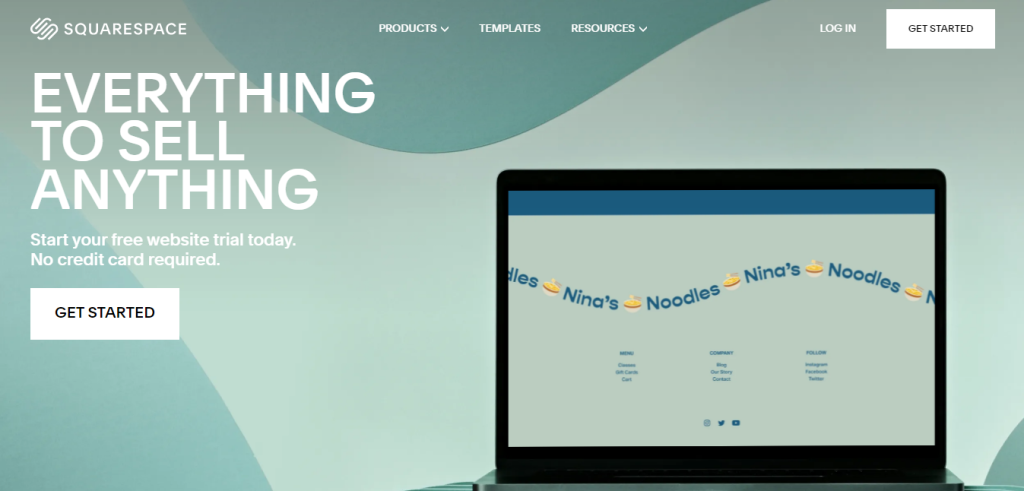
Squarespace is another popular and elegant website builder in the world. It allows you to create beautiful and sophisticated websites with minimal effort.
It offers dozens of sleek and modern templates that you can customize with intuitive tools. It also offers various features and integrations that you can add to your website, such as e-commerce, blogging, podcasting, email marketing, and more.
Squarespace is a great web.com company alternative because it offers you more design, style, and functionality than web.com.
For example, you can choose from over 60 templates that are designed by professional artists and designers. You can also enhance your website with powerful tools and plugins. Its basic website plan costs only $12 per month, which includes unlimited bandwidth, unlimited storage, and a free domain name for one year.
Wrapping up
Web.com is not the best option for your web design and hosting needs. There are many web.com company alternatives that can provide you with better quality, lower prices, and more features. Some of the best web.com company alternatives are Bluehost, Wix, and Squarespace.
If you are looking for a web design service that can help you create a website that is attractive, functional, and user-friendly, you can contact us at My Content Quest.
We are a team of professional and experienced web designers and developers who can help you create a website that suits your needs and goals. We offer affordable and customized web design packages that fit your budget and expectations. Contact us today and get a free quote for your web design project.








